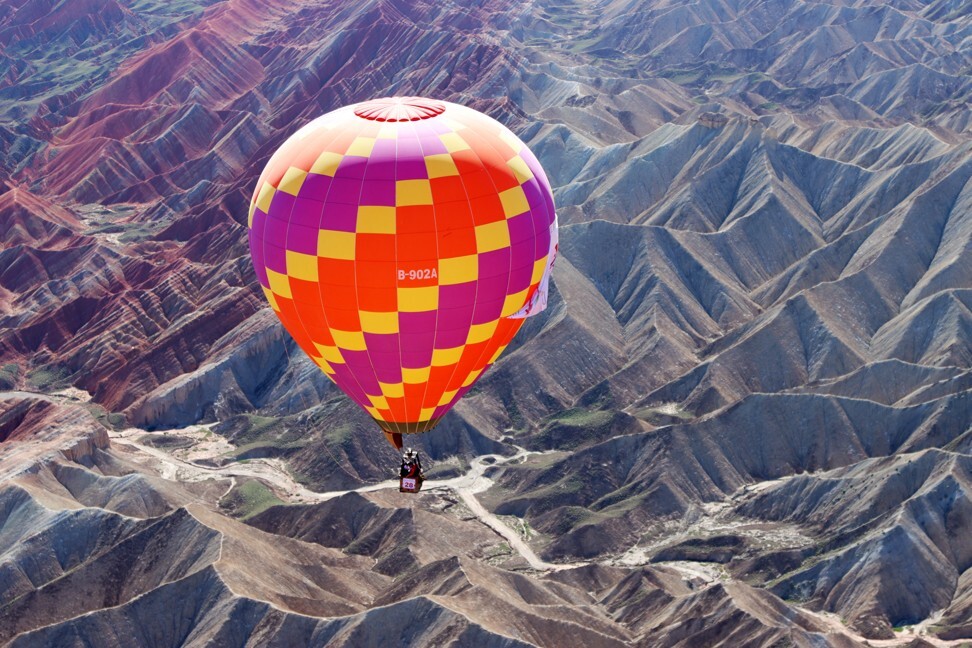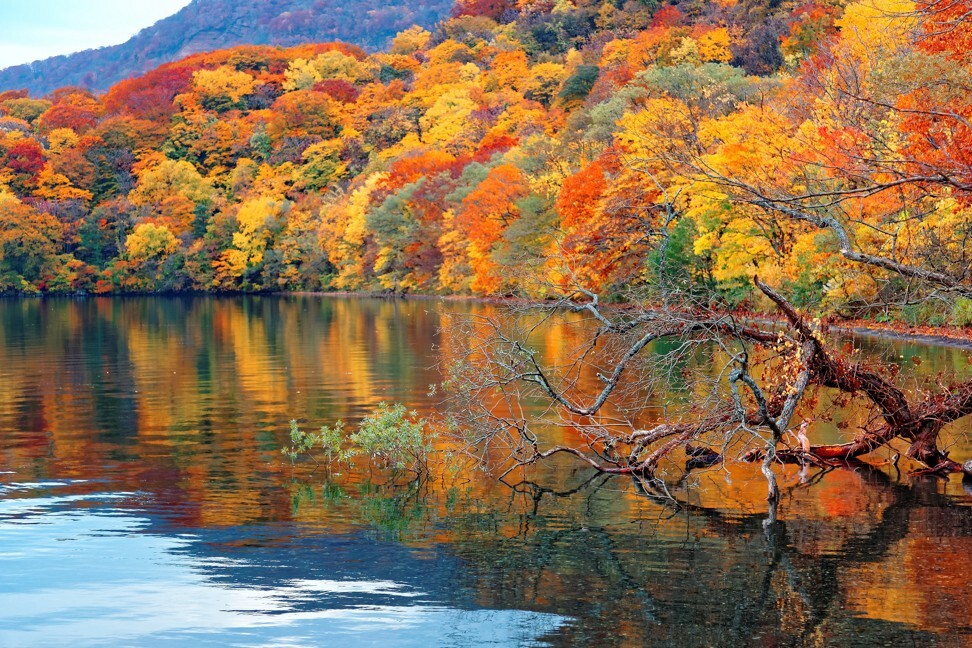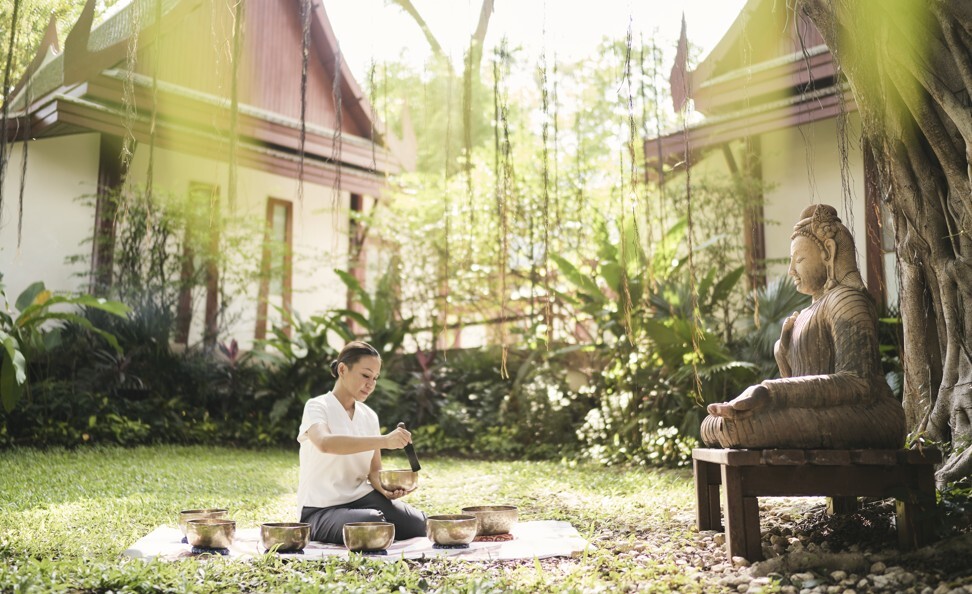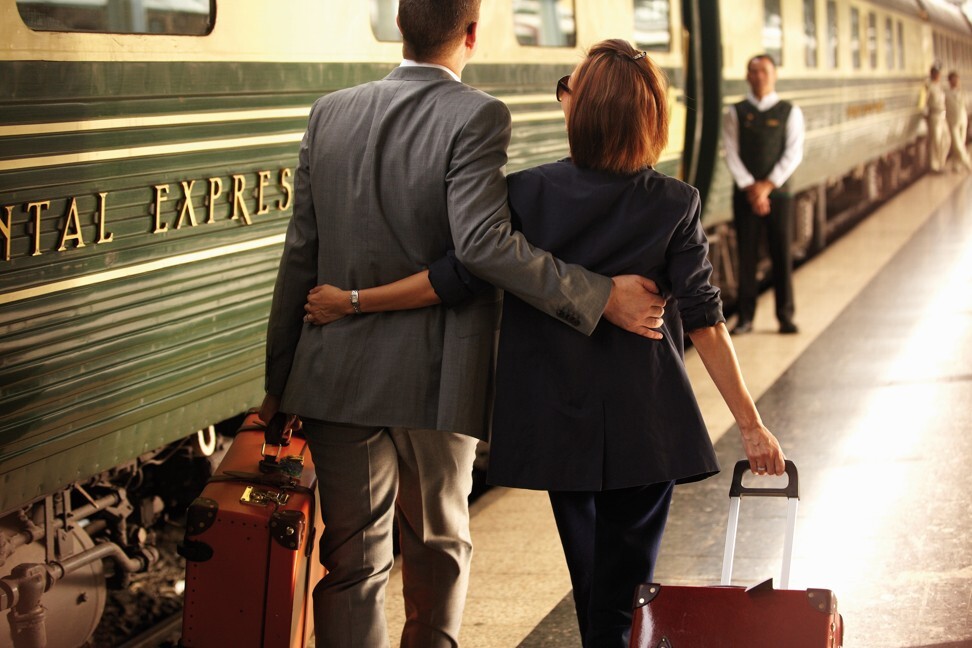How China, Singapore, Thailand and Japan are rebooting tourism, as luxury brands like LVMH’s Belmond look to online options to engage guests for post-Covid-19 travel

Of all the industries that are suffering at the moment, perhaps none is feeling the pinch quite so profoundly as travel and tourism. No one is going anywhere – and even if they were, negotiating airports and planes, confining yourself in a big hotel with lots of other people, riding lifts and eating from breakfast buffets isn’t many people’s idea of fun right now.
Could coronavirus usher in an era of ethical wildlife tourism?
Airlines without customers and hotel groups with empty properties and unemployed staff, are desperate to reopen for business. Governments, meanwhile, are struggling to balance public health and economic well-being. According to the World Tourism Organisation, by the end of July, 40 per cent of destinations worldwide had eased their international tourism restrictions; the problem is that the easing of restrictions often results in a rise in cases, forcing them to be reintroduced.

As a result, the World Travel & Tourism Council predicts anywhere between about 100 and 200 million job losses globally, depending on the severity and duration of travel restrictions, with up to two thirds falling in Asia; the global unemployment rate has already risen by more than two per cent just from job losses in the travel and tourism industry.
Airlines, unsurprisingly, have been among the hardest hit: Cathay Pacific said a few weeks ago that it expected to make a HK$9.9 billion (US$1.28 billion) loss during the first half of 2020; in Japan, All Nippon Airways and Japan Airlines recently reported quarterly net losses of US$1.02 billion and US$1.24 billion respectively; while China’s aviation industry lost 34.25 billion yuan (US$5 billion) in the second quarter, according to official figures.

There are some green shoots of recovery, though, with many hoping that a rebounding domestic market in China can provide a template for other countries. Already the number of domestic flights in the country is back to 80 per cent of pre-pandemic levels, according to the Civil Aviation Administration of China.
How luxury tourism can help endangered species survive
The recovery has been spurred by official measures such as the government’s decision in July to allow the resumption of travel between different provinces, provided they are low risk, for people with green health QR codes; and by the introduction by at least eight airlines – including China Southern and China Eastern – of bargain-priced passes allowing passengers unlimited domestic travel within a given period.

Elsewhere, the Singapore Tourism Board has diverted what it would usually spend on international marketing into a campaign to encourage more domestic tourism. Similarly, Japan has a US$16 billion plan to stimulate domestic tourism, including subsidies for eating in restaurants and shopping, but has met with opposition from people concerned that encouraging travel is tantamount to encouraging the virus to spread.
Hotel groups, meanwhile, are attempting to position themselves for a post-Covid-19 future, in many cases by producing online content aimed specifically at the lockdown-fatigued, from virtual cultural events to wellness-related advice. How well they do so, and how they behave generally during the current situation, could have a critical impact on their ability to recover, according to David Keen, founder and CEO of hospitality branding agency Quo, which produces the podcast The Future of Travel.

“I think that brands which talk about sustainability, caring for the community, mental wellness as well as physical – these brands have a great opportunity,” he says. “The way people engage with, learn about and book a brand – they’re going to look at a fundamentally different value system when they do that.”
5 of the best post-pandemic travel destinations in Europe, Africa and Asia
He adds that big brands that don’t show their caring side – for instance by continuing to employ low-paid staff who might otherwise struggle – are going to have some tough questions to answer.
At Pimalai Resort & Spa, on the southern Thai island of Ko Lanta, for example, renovation plans for some of the resort’s villas were quickly extended to all of them, providing work for the resort’s staff, including those who work in food and beverage and would otherwise have nothing to do.
“We saw from January that it might be widespread and might affect our business, and we started to plan,” says co-owner Charintip Tiyaphorn. “We have to use this opportunity to improve our product. We also have to be understanding that people cannot travel and be flexible on terms, and we have to take care of our staff, and make sure they have shelter and three meals; we can’t just let them go.”

Hua Hin’s Chiva-Som International Health Resort has launched a so-called online wellness service, which as well as social media videos, also includes one-on-one consultations and training sessions with the brand’s wellness experts, currently available to both previous guests and others – half of the reservations have come from people who are new to Chiva-Som.
LVMH-owned luxury travel giant Belmond, similarly, has accelerated existing plans, including its Belmond Invitations virtual cultural programme and Belmond Good Living so-called digital care package, which includes everything from botanical workshop with celebrity florist Simon Lycett to meals prepared by Michelin-starred chef Raymond Blanc.
“At this time, when there’s such a challenge, the role of the brand is to be there and to keep the dream alive,” says Arnaud Champenois, Belmond’s senior vice-president, brand and marketing. “We have a lot of properties where we can create some content online. Of course, the objective is to get people to travel for real, but generosity has a role to play. Once people can travel again, I’m sure they’ll remember that. Our current guests and followers will be the first to come back; we need to make sure we really care for them at this time. Having a brand with a purpose is going to become more important.”
3 luxury islands you can rent out completely for a Covid-19-free holiday
“What the travel industry is going through is arguably the biggest change it’s ever been through in its history,” says Keen. “In my opinion, the consumer for the foreseeable future is going to be the absolute king. There will inevitably be some sort of price war. There will be massive supply and small demand, and hotels that don’t give people a reason to go there, that don’t show themselves as more than just a room and a meal for a price, will suffer. There has to be some greater meaning.”
Want more? Join the community of luxury travel lovers in the Travel With STYLE Facebook group and discover what it means to actually live your best life – and not just to travel, but to travel with style. Also, follow STYLE on Facebook, Instagram, YouTube and Twitter .

While governments are encouraging domestic travel, resorts like Chiva-Som in Thailand are offering virtual online experiences to maintain their brand presence and engage with potential guests for a post-pandemic travel bounce back – but can a virtual holiday really cure your cabin fever?